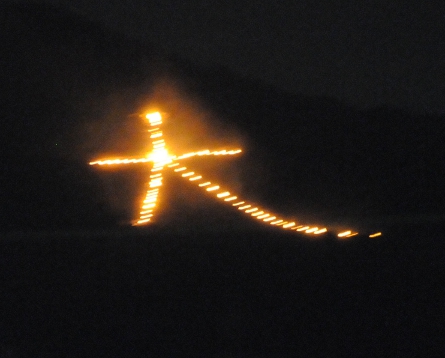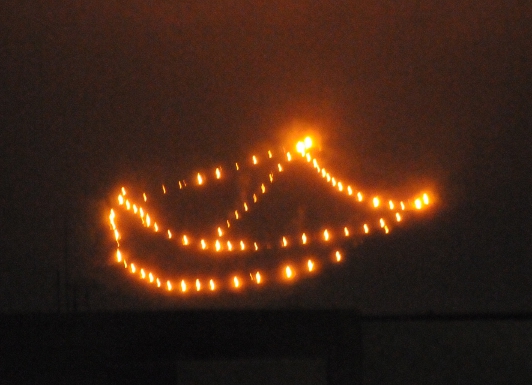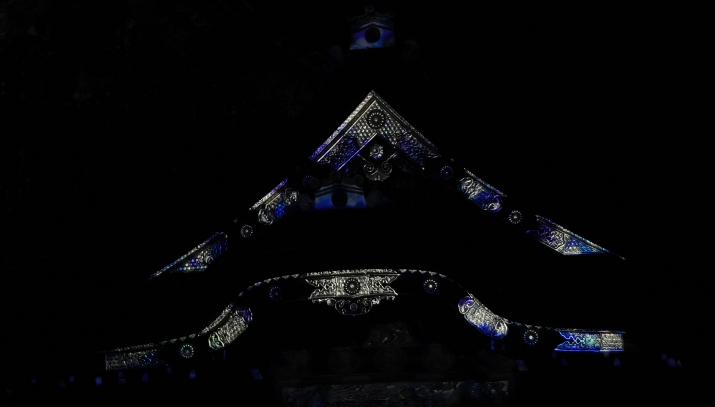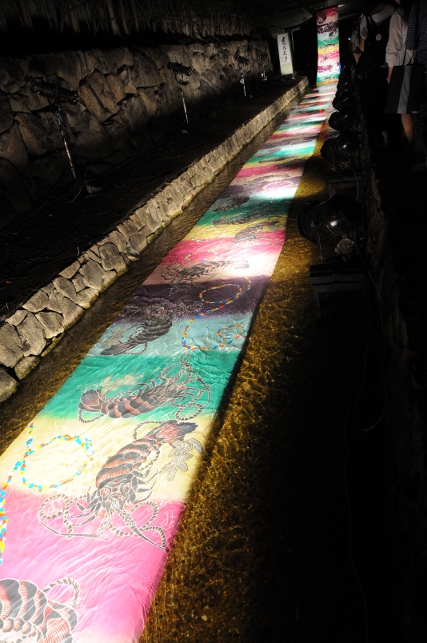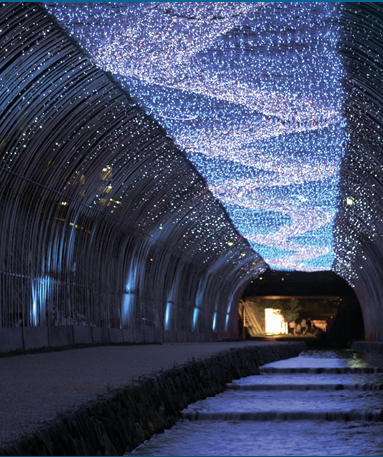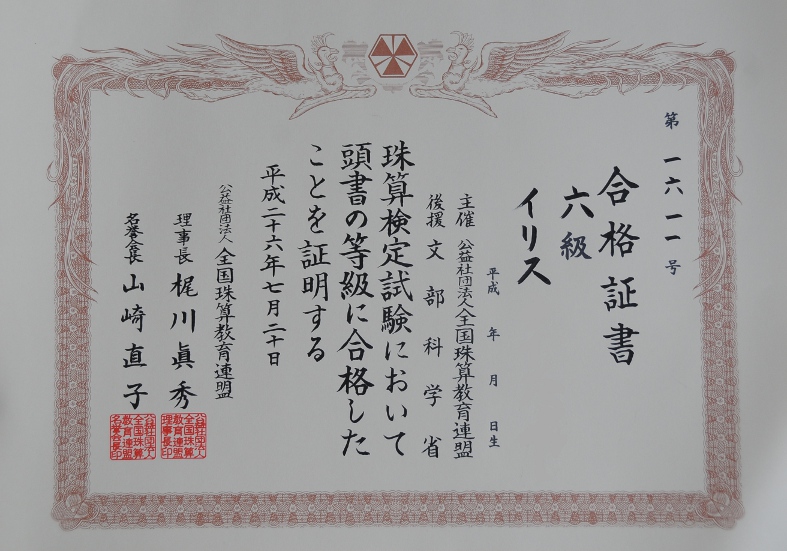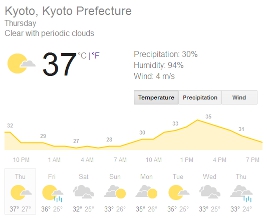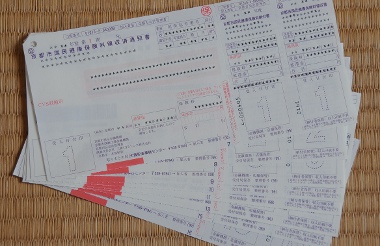The other day, when browsing Wikipedia, I came across a description of a place in Kyoto that I found most intriguing. It sounded so odd and interesting that I decided I needed to see it myself. This is it:
It is called the mimizuka, the Ear Mound – although at the time it was erected in 1597 it was called the hanazuka, the Mound of Noses. It is what the original name suggests: a tomb for noses, and the story behind it is rather… gruesome.
From 1592 through 1597, Hideyoshi TOYOTOMI – who, by the way, is enshrined in the Toyokuni shrine literally across the street – led an invasion of the Korean peninsula, with the intent to conquer first Korea, and ultimately, China. Wars in the 16th century were obviously not the clean “push-button-here” affairs that we can watch on TV now, and there were thousands of casualties, both on the battlefields and among civilians. At this time, soldiers were paid per kill, and one way to prove that was by taking the heads of the dead. By the second Japanese invasion in 1597, the custom had changed to take the more easily transportable noses of the victims instead, which were properly collected, counted, and then shipped to Japan as proof of the army’s efficiency. More than 200.000 heads and noses were taken during this time.
Interestingly, by the end of the invasion (which was unsuccessful, by the way), the noses were interred with proper ceremony in the hanazuka, and Buddhist priests were set to pray for the souls of the victims of the war. Only several decades later it was decided that the name hanazuka was too offensive and changed to mimizuka, but personally I don’t quite see the difference here, as the kanji for “ear” is still used.
Nowadays, it seems that many Japanese do not know about the significance of the mimizuka (there are a few others in other parts of Japan) and what the monument contains. Koreans do come to visit it, however, and there are even efforts being made to get the remains returned to Korea. Once again something I find rather odd – it’s 400 years ago after all, it is a nice and well-cared for monument, and there still seem to be regular ceremonies held there. But then again, what do I know…

